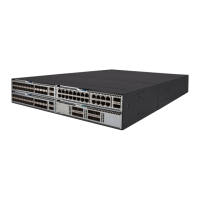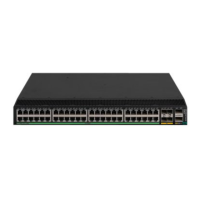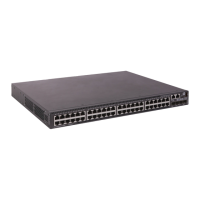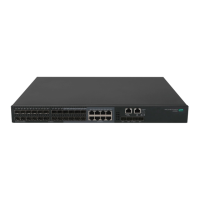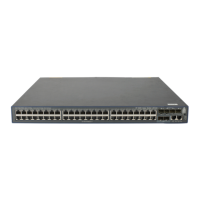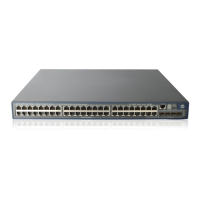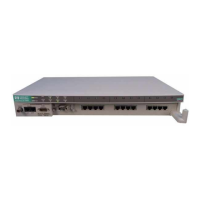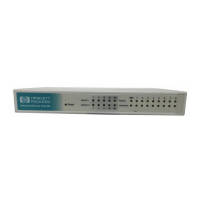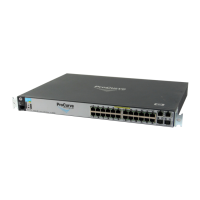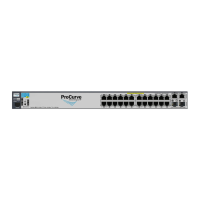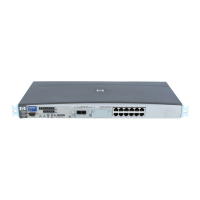406
Configuring RIPng
Overview
RIP next generation (RIPng) is an extension of RIP-2 for support of IPv6. Most RIP concepts are
applicable to RIPng.
RIPng is a distance vector routing protocol. It employs UDP to exchange route information through
port 521. RIPng uses a hop count to measure the distance to a destination. The hop count is the
metric or cost. The hop count from a router to a directly connected network is 0. The hop count
between two directly connected routers is 1. When the hop count is greater than or equal to 16, the
destination network or host is unreachable.
By default, the routing update is sent every 30 seconds. If the router receives no routing updates
from a neighbor within 180 seconds, the routes learned from the neighbor are considered
unreachable. If no routing update is received within another 240 seconds, the router removes these
routes from the routing table.
RIPng for IPv6 has the following differences from RIP:
UDP port number—RIPng uses UDP port 521 to send and receive routing information.
Multicast address—RIPng uses FF02::9 as the link-local-router multicast address.
Destination Prefix—128-bit destination address prefix.
Next hop—128-bit IPv6 address.
Source address—RIPng uses FE80::/10 as the link-local source address.
RIPng route entries
RIPng stores route entries in a database. Each route entry contains the following elements:
Destination address—IPv6 address of a destination host or a network.
Next hop address—IPv6 address of the next hop.
Egress interface—Egress interface of the route.
Metric—Cost from the local router to the destination.
Route time—Time elapsed since the most recent update. The time is reset to 0 every time the
route entry is updated.
Route tag—Used for route control. For more information, see "Configuring routing policies."
RIPng packets
RIPng uses request and response packets to exchange routing information as follows:
1. When RIPng starts or needs to update some route entries, it sends a multicast request packet
to neighbors.
2. When a RIPng neighbor receives the request packet, it sends back a response packet that
contains the local routing table. RIPng can also advertise route updates in response packets
periodically or advertise a triggered update caused by a route change.
3. After RIPng receives the response, it checks the validity of the response before adding routes
to its routing table, including the following details:
Whether the source IPv6 address is the link-local address.
Whether the port number is correct.

